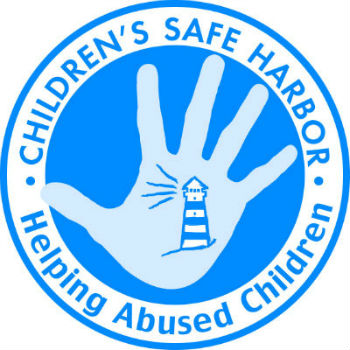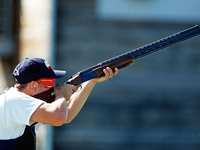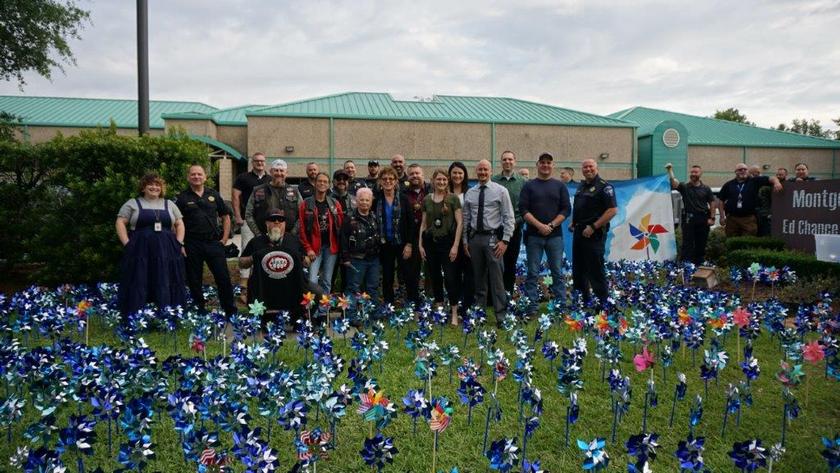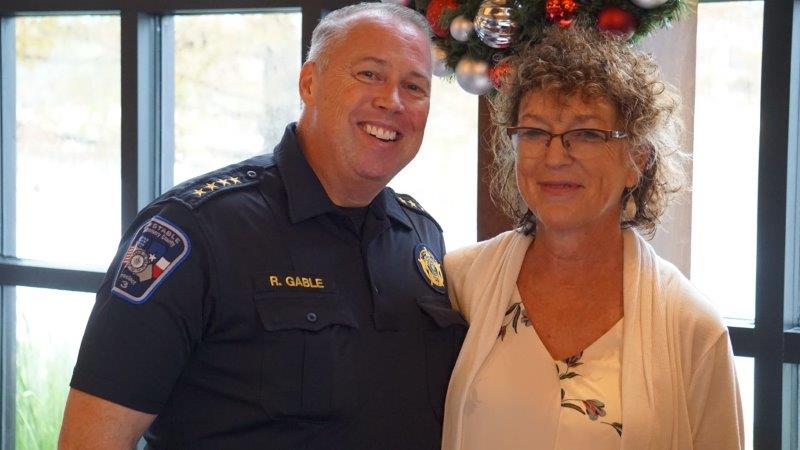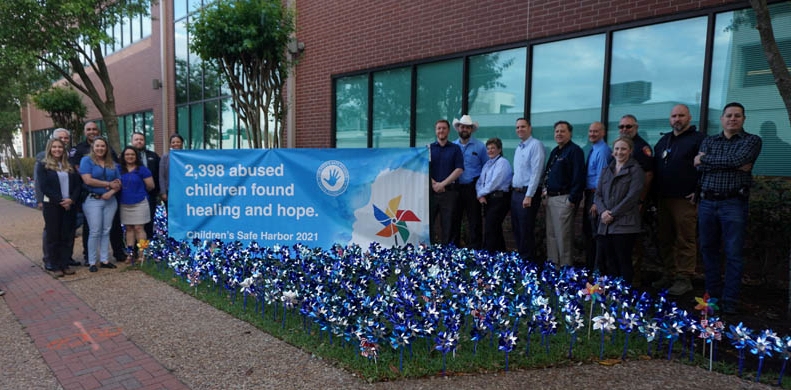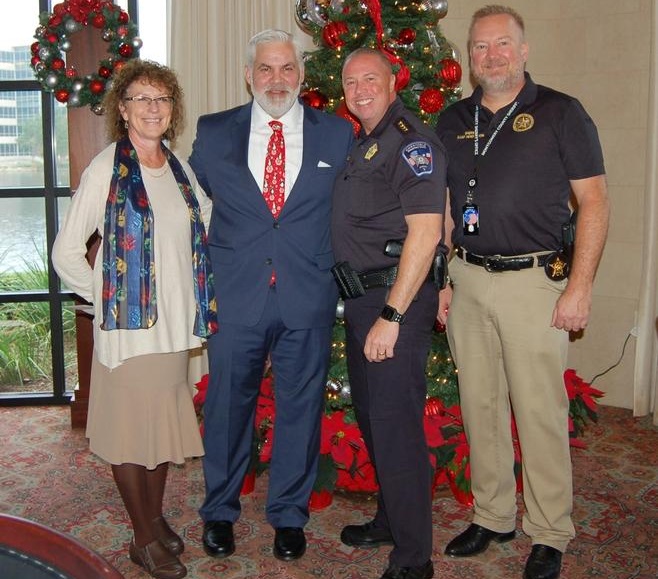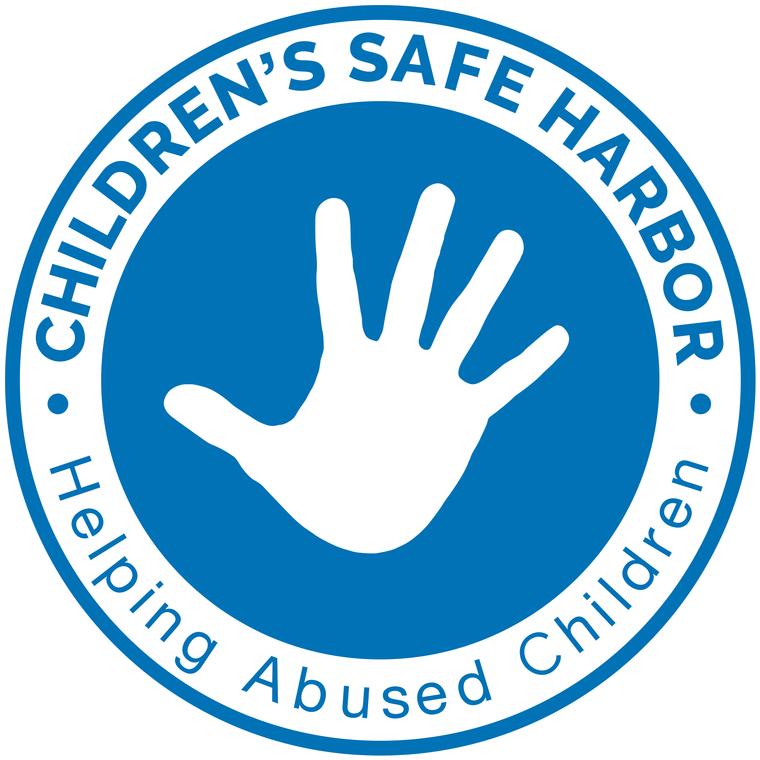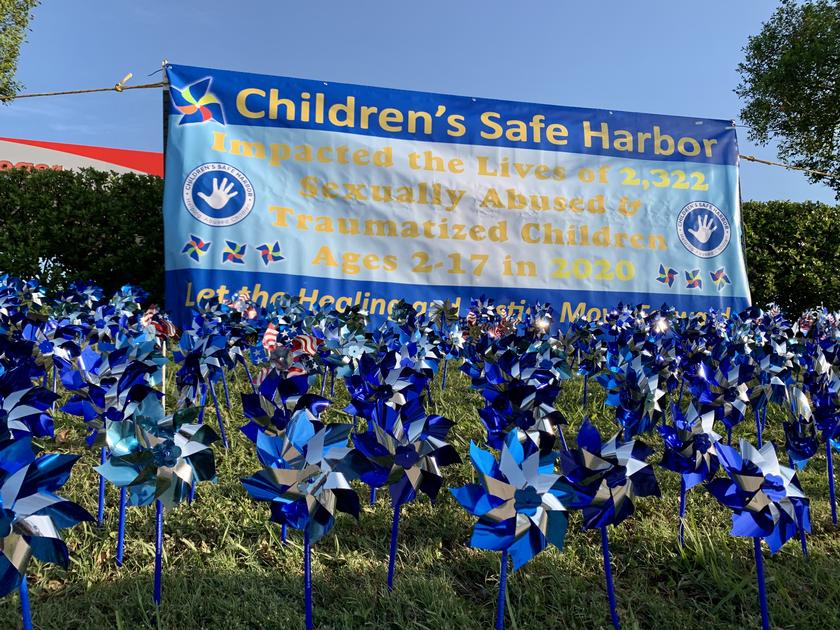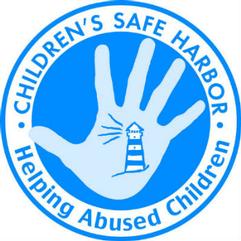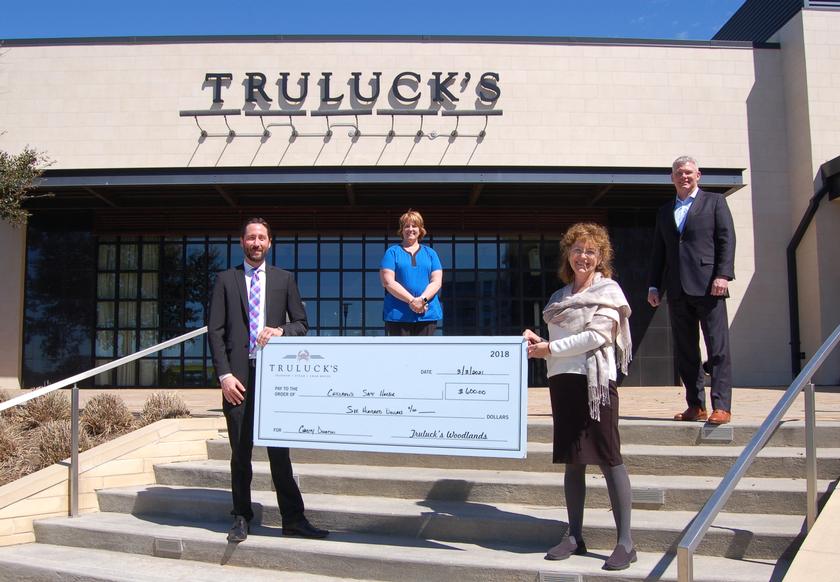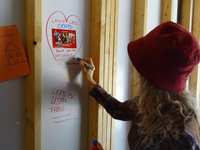- Sections :
- Crime & Public Safety
- Restaurants & Food
- Sports
- More
Children’s Safe Harbor shares tips for recognizing abuse
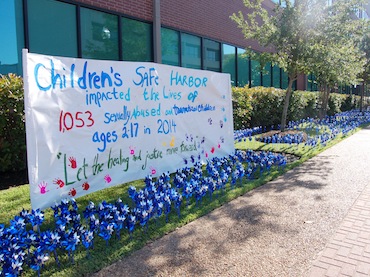
MONTGOMERY COUNTY, Texas - In recognition of the amount of children treated last year for sexual abuse, Children’s Safe Harbor recently placed 1,053 pinwheels among the grounds of the Alan B. Sadler Administrative Building in downtown Conroe. In its 16 years, the nationally-accredited children’s advocacy center has never seen this many new cases in a single year, which is mostly attributed to Montgomery County’s population growth. The pinwheels represent the lives impacted by Children’s Safe Harbor and the movement forward toward justice and healing.
Some signs that a child is experiencing violence or abuse are more obvious than others. Victoria J. Constance, MSPH, PhD, Executive Director of Children’s Safe Harbor, encourages you to trust your instincts enough that if you suspect abuse, it is enough of a reason to contact the authorities; you do not need proof.
In conjunction with Children’s Advocacy Centers of Texas, Dr. Constance shares these essential primary indicators for recognizing warning signs of possible child abuse:
Unexplained injuries. Visible signs of physical abuse may include unexplained burns or bruises in the shape of objects. You may also hear unconvincing explanations of a child's injuries.
Changes in behavior. Abuse can lead to many changes in a child's behavior. Abused children often appear scared, anxious, depressed, withdrawn or more aggressive.
Returning to earlier behaviors. Abused children may display behaviors shown at earlier ages, such as thumb-sucking, bed-wetting, fear of the dark or strangers. For some children, even loss of acquired language or memory problems may be an issue.
Fear of going home. Abused children may express apprehension or anxiety about leaving school or about going places with the person who is abusing them.
Changes in eating. The stress, fear and anxiety caused by abuse can lead to changes in a child's eating behaviors, which may result in weight gain or weight loss.
Changes in sleeping. Abused children may have frequent nightmares or have difficulty falling asleep, and as a result may appear tired or fatigued.
Changes in school performance and attendance. Abused children may have difficulty concentrating in school or have excessive absences, sometimes due to adults trying to hide the child's injuries from authorities.
Lack of personal care or hygiene. Abused and neglected children may appear uncared for. They may present as consistently dirty and have severe body odor, or they may lack sufficient clothing for the weather.
Risk-taking behaviors. Young people who are being abused may engage in high-risk activities such as using drugs or alcohol or carrying a weapon.
Inappropriate sexual behaviors. Children who have been sexually abused may exhibit overly sexualized behavior or use explicit sexual language.
What you can do if a child outcries:
DO:
Remain calm.
Believe the child.
Allow the child to talk.
Show interest and concern.
Reassure and support the child's feelings.
Take action. It could save a child's life.
DON'T:
Panic or overreact.
Press the child to talk.
Promise anything you can't control.
Confront the offender.
Blame or minimize the child's feelings.
Overwhelm the child with questions.
Children’s Safe Harbor’s mission is to protect and enhance the life of every child who has the courage to battle sexual or severe physical abuse. As a nationally-accredited children’s advocacy center organization founded in 1998, Children’s Safe Harbor is part of a nationwide effort to heal the trauma and facilitate justice for sexually abused and assaulted children ages 2 through 17. Children's Safe Harbor advanced their collaborative justice work in 2009 through the creation of an expanded co-located child-friendly facility serving children and their families all in one building – reducing the trauma by minimizing the need for children to retell their experience to multiple agencies, while facilitating investigation, prosecution, justice and healing.
Your local children's advocacy center provides services in your area for child victims of abuse, but also offers volunteer opportunities and trainings for educators, local community members, and others interested in learning how they can make a difference for child victims of abuse.
Remember, you are obligated by law to report suspected child abuse. If you suspect a child is in immediate danger, all 911. Or, in the counties of Montgomery, Walker, San Jacinto, call Children’s Safe Harbor at (936) 756-4644, or throughout in Texas call the abuse and neglect hotline at 800.252.5400. Outside of Texas, visit www.onewithcourage.org for a list of resources.
To make a donation or to volunteer see their website at www.ChildrensSafeHarbor.org. Financial donations can be mailed to their main office at 1519 Oddfellow, Conroe, Texas, 77301.

